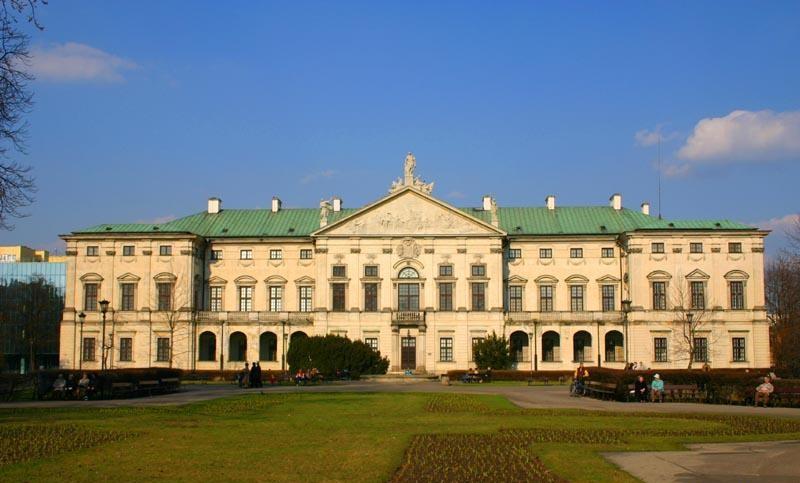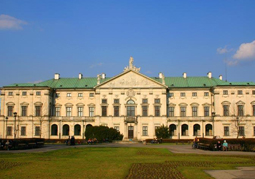No weather data
0.0 /5
Number of ratings: 0
The palace was built in the Baroque style in the years 1677-1695 for the governor of Płock Jan Dobrogost Krasiński, and its author was the architect Tylman of Gameren. Construction began in the spring of 1677 and by 1682 the main body was ready in its shell. The interior decoration was interrupted by the Northern War. In 1765 the palace was purchased by the Polish-Lithuanian Commonwealth for the seat of the Crown Tax Commission, and then the interior decoration was finally completed. In 1766, the Krasiński Garden was made available to the public. In 1783, after a fire that consumed a large part of the interior, it was rebuilt according to the design of Dominik Merlini. In the Kingdom of Poland, sessions of the Sejm court took place here in 1827-1828. In the interwar period it was the seat of the Supreme Court. In 1944 during the uprising, he was burned. After the war, it was rebuilt to contain what was (less than 5%) of the 40,000 manuscripts of the Załuski and Rapperswil Library, the collection of the Wilanów Library, as well as other old prints and graphic collections later collected. Particularly noteworthy are the priceless illuminated Polish and foreign medieval manuscripts. There is also a thematic collection devoted to the period of the Great Emigration (1831-1883) and memorabilia of Cyprian Kamil Norway.
Komentarze
No results
Nearby places
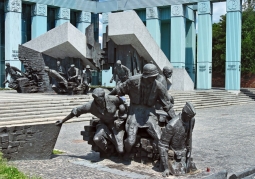
Monument of the Warsaw Uprising 1944 - Warsaw
Category: MonumentsBuilt in 1989, a monumental monument honoring the heroes of the Warsaw Uprising located on the eastern side of Krasińskich Square in Warsaw. The construction of the monument was preceded by a collection of money and...
1 km
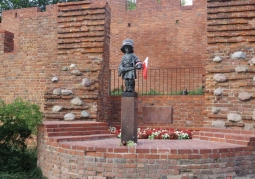
Monument of the Little Insurgent - Warsaw
Category: MonumentsThe monument is located at Podwale Street at the intersection with Wąski Dunaj Street, at the outer defensive wall of the Old Town in Warsaw. Placed to commemorate the youngest participants of the Warsaw Uprising. The...
1 km
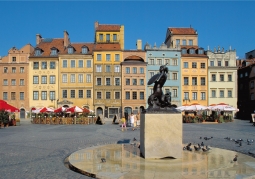
Warsaw Mermaid - Old Town - Warsaw
Category: MonumentsThe symbol of Warsaw, and the emblem of the coat of arms of Warsaw. The 2.5-meter sculpture made of bronze zinc in Warsaw's Old Town Square was created by Konstanty Hegel. Originally (1855-1928) and now (since 2000) it...
1 km
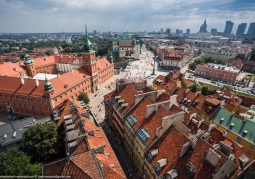
Old Town - Warsaw
Category: Districts, streets and stallsThe historical center and the oldest part of the city, as well as the cultural salon of the capital. Established in the 13th century as a princely stronghold and a walled settlement. 90% destroyed during World War II....
1 km
Nearby places

Monument of the Warsaw Uprising 1944 - Warsaw
Category: MonumentsBuilt in 1989, a monumental monument honoring the heroes of the Warsaw Uprising located on the eastern side of Krasińskich Square in Warsaw. The construction of the monument was preceded by a collection of money and...
1 km

Monument of the Little Insurgent - Warsaw
Category: MonumentsThe monument is located at Podwale Street at the intersection with Wąski Dunaj Street, at the outer defensive wall of the Old Town in Warsaw. Placed to commemorate the youngest participants of the Warsaw Uprising. The...
1 km

Warsaw Mermaid - Old Town - Warsaw
Category: MonumentsThe symbol of Warsaw, and the emblem of the coat of arms of Warsaw. The 2.5-meter sculpture made of bronze zinc in Warsaw's Old Town Square was created by Konstanty Hegel. Originally (1855-1928) and now (since 2000) it...
1 km

Old Town - Warsaw
Category: Districts, streets and stallsThe historical center and the oldest part of the city, as well as the cultural salon of the capital. Established in the 13th century as a princely stronghold and a walled settlement. 90% destroyed during World War II....
1 km
